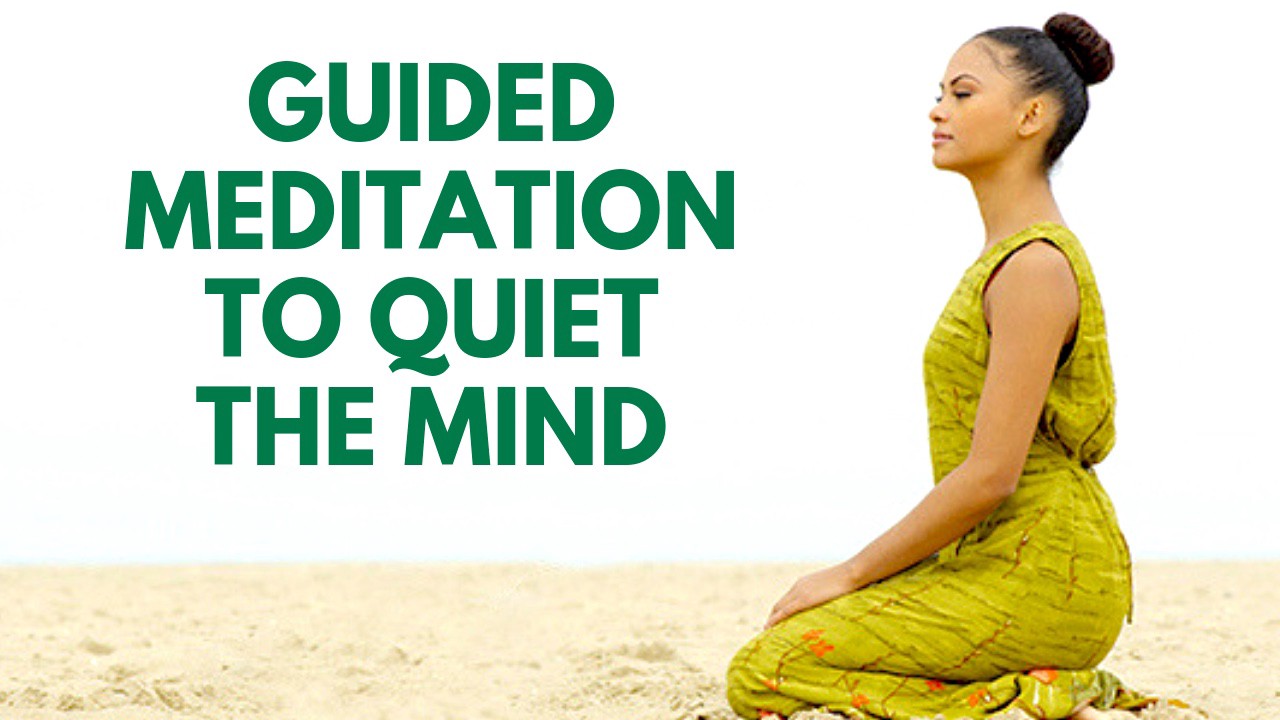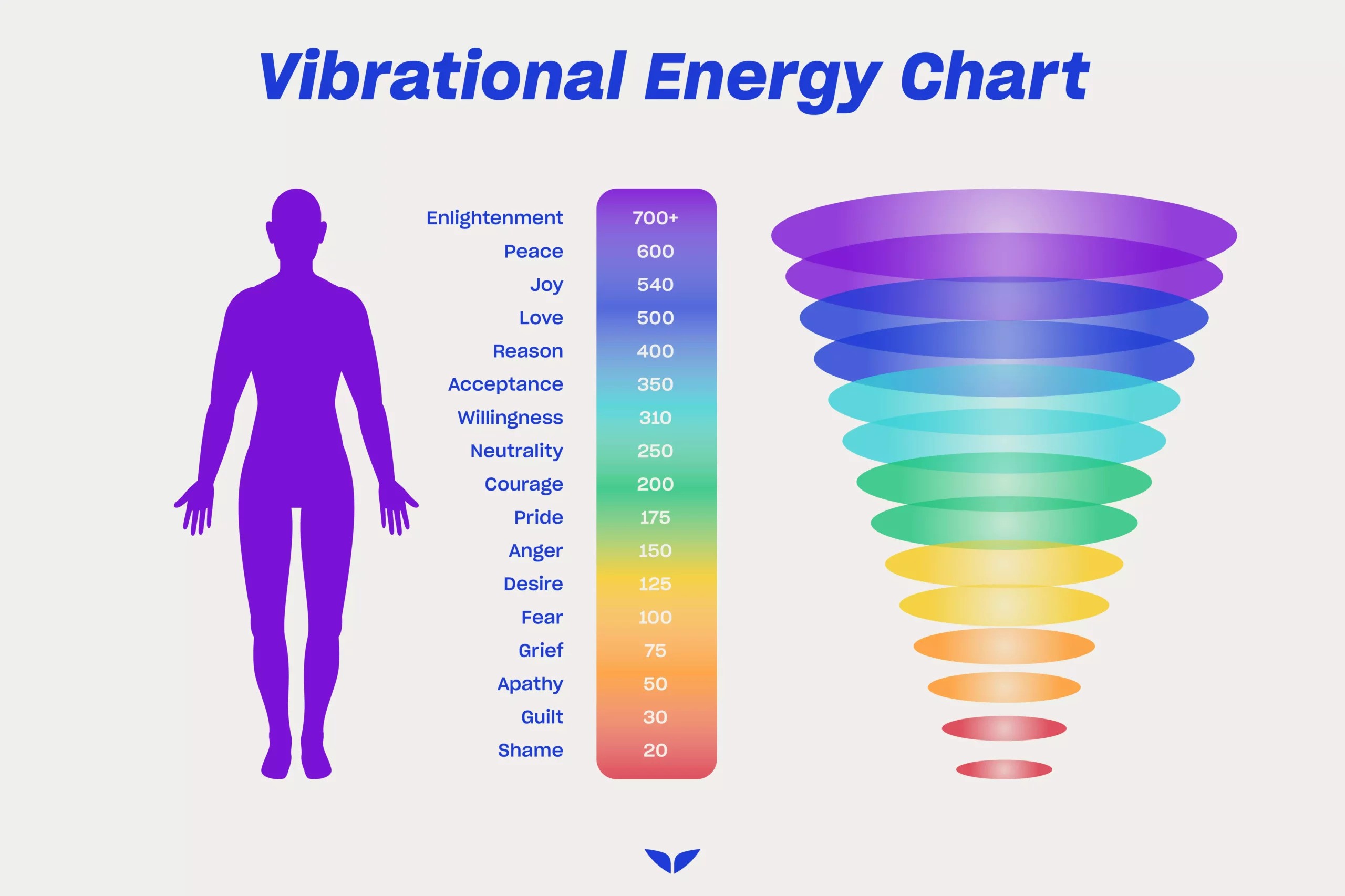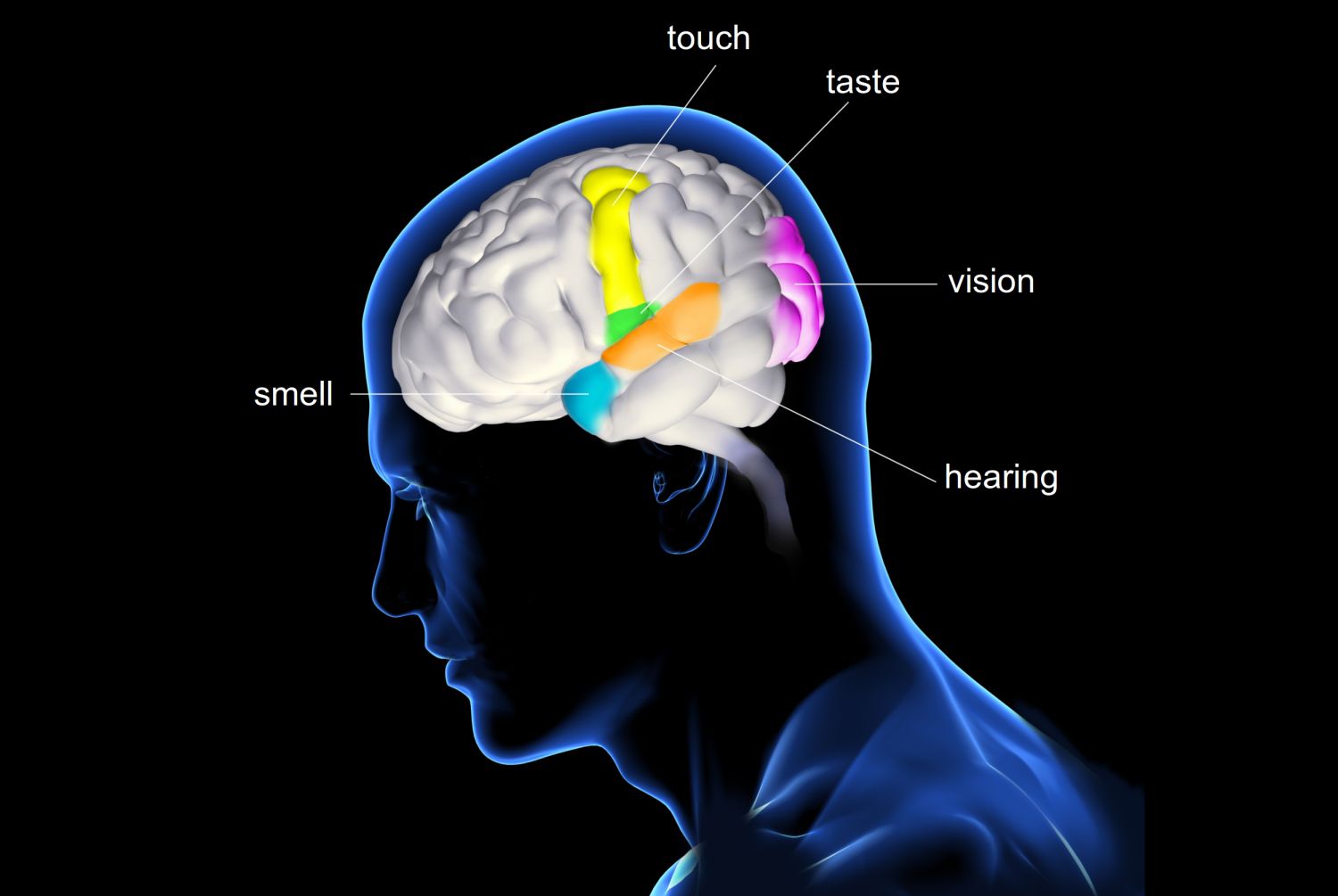How To Do Meditation For Stress Relief
Meditation offers numerous health advantages and is a highly effective approach to reduce stress and live a better lifestyle. Meditation becomes both easier to maintain and more effective with practice, as it improves stress resilience over time.
Putting out the effort to learn and practice meditation can significantly improve your stress levels. There are numerous methods for meditating, and this is one of the most fundamental. You can use this approach to find inner calm whenever you need it with practice.
According to studies, eight out of ten Americans are stressed in their everyday lives and struggle to relax their bodies and quiet their brains, putting them at risk for heart disease, stroke, and other disorders. Mindfulness meditation has become the hottest product in the wellness universe, out of the various solutions targeted at combating stress, from exercise to yoga to meditation. The majority of us find stress to be an unpleasant element of our daily lives. Stress is unavoidable, but that doesn't mean it has to take over your life. Relaxation meditation, which involves cultivating calm by focusing on an object of focus, such as your breath or a vision, can be an effective method for stress management and reduction. It can be a useful strategy for managing and reducing stress.
How To Do Meditation For Stress Relief
1. Find a calm spot. The world is full of distractions, therefore this may not be a simple task. When learning to meditate to relieve stress, however, a peaceful area where you can sit without interruption is essential. As your meditation skills grow, outside distractions will become less and less unpleasant.
- Many things will most likely distract you at first. Cars will pass by, birds will sing, and people will converse. To avoid distractions from your meditation job, turn off all electrical devices such as cell phones and television.
- A room with a closed door is ideal, but if necessary, earplugs can be obtained.
- You'll find that as your meditation skills improve, you'll be able to meditate anywhere—even in high-stress situations like traffic, work, or busy stores.
2. Choose a position that is comfortable for you. Meditation can be done in a variety of positions, including lying down, walking, sitting, and standing. The objective is to feel at ease so that discomfort does not become a distraction.
In a classic cross-legged position, some people may feel more connected. Beginners may find this uncomfortable, so consider pushing your bottom up on a pillow, sitting in a chair, or leaning against a wall for support.
3. Maintain control over your breathing. Controlled breathing is used in all forms of meditation. Breathing deeply relaxes both your body and mind. In reality, you can meditate well only by concentrating on your breathing.
- Inhale deeply through your nose and exhale deeply through your nose. While you breathe, keep your mouth closed yet relaxed. Pay attention to the sound of your breath.
- To expand your lungs, use the diaphragm muscle. Placing your hand on your stomach is a good idea. As you inhale, it should rise and as you exhale, it should fall. At regular intervals, take a deep breath in and out.
- Controlling your breathing allows you to slow down your breathing and get more oxygen into your lungs per breath.
- The muscles of the upper torso, such as the shoulders, neck, and chest, relax as you take deep breaths. Deep diaphragmatic breathing is more efficient than shallow upper chest breathing.
4. Concentrate on something. Effective meditation necessitates paying attention to something, or even nothing at all. The idea is to clear your mind of stress-inducing distractions so that your body and mind may relax. Some people like to concentrate on a single object, image, mantra, or breath, but you can also concentrate on a blank screen or something else.
During meditation, your mind will most likely wander. Even for individuals who have been practicing meditation for a long time, this is typical and anticipated. When this happens, simply return your attention to the item, your breathing, or an emotion that you were focusing on when you began your meditation.
5. Keep going. That's all there is to it! Any distracting thoughts should be ignored. The longer and more regular the silent spaces between ideas develop as you practice, the longer and more regular they will become.
Other methods on how to do meditation for stress relief
1. Deep breathing
Deep breathing is a simple yet effective relaxation method that focuses on large, cleansing breaths. It's simple to learn, can be done practically anywhere, and is an effective approach to reduce tension quickly. Deep breathing is also an important part of many other relaxation techniques, and it can be paired with other relaxing factors like aromatherapy and music. While applications and audio downloads might help you get started, all you actually need are a few minutes and a peaceful area to relax or stretch out.
- Sit back in a comfortable position with your back straight. One hand should be on your chest, while the other should be on your stomach.
- Inhale deeply through your nose. Your hand should rise from your stomach. Your chest hand should move very little.
- Exhale as much air as you can via your lips while straining your abdominal muscles. As you exhale, the hand on your tummy should move in, but the other hand should move very little.
- Inhale deeply through your nose and exhale deeply through your mouth. Inhale deeply enough to cause your lower abdomen to rise and fall. Count slowly as you exhale.
2. Body scan meditation
This is a sort of meditation in which you concentrate on different regions of your body. You begin with your feet and work your way up, similar to progressive muscle relaxation. Instead of tensing and relaxing muscles, you simply concentrate on how each region of your body feels without categorizing the sensations as "good" or "bad."
- Lie on your back with your legs uncrossed, arms at your sides, and eyes open or closed. Concentrate on your breathing for about two minutes, or until you begin to relax.
- Pay attention to your right foot's toes. Keep your attention on your breathing while noticing any sensations you have. Visualize each deep inhale flowing all the way down to your toes. Keep your attention on this spot for three to five seconds (or more).
- Shift your attention to the right foot's sole. Pay attention to any feelings in that area of your body, and envision each breath coming from the sole of your foot. Move your concentration to your right ankle and repeat after one or two minutes. Repeat the sequence for your left leg, starting with your calf, knee, thigh, and hip. Move up the torso from there, passing through the lower back and abdomen, upper back and chest, and shoulders. Pay special attention to any part of your body that hurts or makes you uncomfortable.
- After you've finished the body scan, sit in silence and stillness for a bit, noting how your body feels. Then, if required, slowly open your eyes and stretch.
3. Visualization
Close your eyes and visualize yourself in a relaxing environment. Imagine everything you see, hear, smell, taste, and feel as clearly as you can. It is insufficient to simply “look” at it in your mind's eye as if it were a snapshot. When visualizing, it's best to include as many sensory elements as possible. If you want to build a dock on a peaceful lake, for example:
- Smell the pine trees
- See the sun setting over the water
- Taste the fresh, clean air
- Hear the birds singing
- Feel the cool water on your bare feet
As you slowly explore your calm place, enjoy the sensation of your troubles dissipating. Gently open your eyes and return to the present moment when you are ready. Don't worry if you lose track of where you are or zone out during a visualization session. This is very normal. You might also feel a heaviness in your limbs, spasms in your muscles, or yawn. Again, these are typical reactions.
The bottom line
Don't pass judgment on your meditation abilities; this will just add to your tension. Meditation requires time and effort to master.
Keep in mind, for example, that your mind is likely to wander during meditation, regardless of how long you've been doing it. If your attention wanders when you're meditating to calm your mind, carefully bring it back to the object, sensation, or movement you're focusing on.
Experiment with different styles of meditation to see what works best for you and what you love doing. Adapt meditation to your current needs. Remember that there is no one-size-fits-all approach to meditation. What important is that meditation aids in stress reduction and overall well-being.



